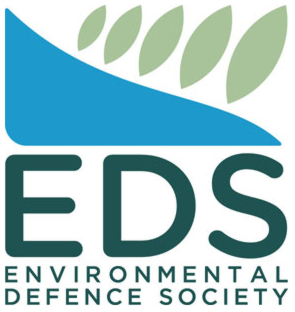Wairarapa Farmers Leading The Way With Wetland Restoration
A partnership of Wairarapa farmers is a part of a growing wetland restoration movement to build community resilience against flooding, drought, landslides and water pollution.
Since 2016, the partnership has been proactively fencing off stock, planting native plants and trapping pest animals to restore wetlands and surrounding areas on Hapua farm. However, restoration work began over a decade ago.
The Hapua partnership is supported by Greater Wellington’s Healthy Waterways Programme that assists landowners to restore and manage wetlands and waterways on the partnership’s property.
The Wairarapa has seen significant reduction in wetlands as a result of human interference and earthquake uplift.
Project partner, Michael Birch says his main motivation for protecting these wetlands is for the benefit of future generations – to leave his farm in a better state than he found it. He says this belief connects to a progressing mentality among farmers who are recognising the intrinsic value of wetlands and bush remnants, and their ability to generate value for the farm itself.
“It’s not so long ago that wetlands were being drained, and in the Wairarapa we’ve lost about 95 per cent of wetlands,” says Michael.
“There has been a big change of attitude over the years and over my lifetime. My father’s generation was always talking about ‘breaking land in’ and now we’re talking about restoring habitat – while still providing productive farmland,” says Michael.
Our region really needs more resilience for everyone including hill country farms, says Michael, and wetlands are a key component to resilience.
“Wetlands are really good at filtering out contaminants, pollutants and fertilisers so excess nutrients can get soaked up.
“Wetlands serve to slow water down, which means in times of flood they are absorbing the peak of the flood - so you can flatten the curve a bit and you don’t have such a high peak of water flow. At the end of the curve, when the water recedes it does at a slower rate,” says Michael.
With the Ruamahunga catchment connecting to a series of farms, Michael says it vital to acknowledge that everyone downstream is affected by the work farmers do.
“If all our farmers in the region were to think of themselves as connected to the Ruamahunga catchment and to see if they can improve their wetlands to help slow water down, then it could have quite a large difference to our water resilience.
Greater Wellington Land Management Advisor, Emma Davison says, “The Hapua partnership has made great leaps towards protecting wetlands on their farm and have really nailed how wetlands add more value to their farming system.
“It’s great to see farmers drive this process and seek us out for how to best manage such an important land feature,” adds Emma.
Chair of the Wairarapa Committee, councillor Adrienne Staples is in agreement that there is a changing mindset within the rural community to recognise the value of wetlands.
“Our land management and biodiversity teams work together with landowners to ease the increasing pressure that farmers are under to protect and restore wetlands. The Healthy Waterways Programme provides that support to farmers with restoration plans and advice to assist with their wetland restoration projects on farm.
“Our hope is to see the number of partnerships between farmers, the community and the council continue to grow - by providing expertise, guidance and financial contributions we are fostering invaluable relationships in places like the Wairarapa,” says Cr Staples.
To listen to Michael’s full story, visit: https://youtu.be/acRlCcgPmaw
For more information on Greater Wellington’s Healthy Waterways Programme, visit: https://www.gw.govt.nz/healthy-waterways/.


 Gordon Campbell: On Budget 2025
Gordon Campbell: On Budget 2025 SKYCITY Auckland: Firefighter Sky Tower Challenge Raises Over $1.9 Million
SKYCITY Auckland: Firefighter Sky Tower Challenge Raises Over $1.9 Million Greenpeace: Regulatory Standards Bill Inflicts ACT's Far-Right Principles On Aotearoa
Greenpeace: Regulatory Standards Bill Inflicts ACT's Far-Right Principles On Aotearoa Rainbow Wellington: Rainbow Wellington Concerned By Reports Of Increased Abuse
Rainbow Wellington: Rainbow Wellington Concerned By Reports Of Increased Abuse ACT New Zealand: David Seymour's Budget Day Speech 2025
ACT New Zealand: David Seymour's Budget Day Speech 2025 Government: Minister Of Finance’s Budget 2025 Speech
Government: Minister Of Finance’s Budget 2025 Speech The Prosperity Deal: Govt Budget Has No Plan For AI Job Loss – Citizens Launch The Prosperity Deal As The Only Workable Alternative
The Prosperity Deal: Govt Budget Has No Plan For AI Job Loss – Citizens Launch The Prosperity Deal As The Only Workable Alternative


